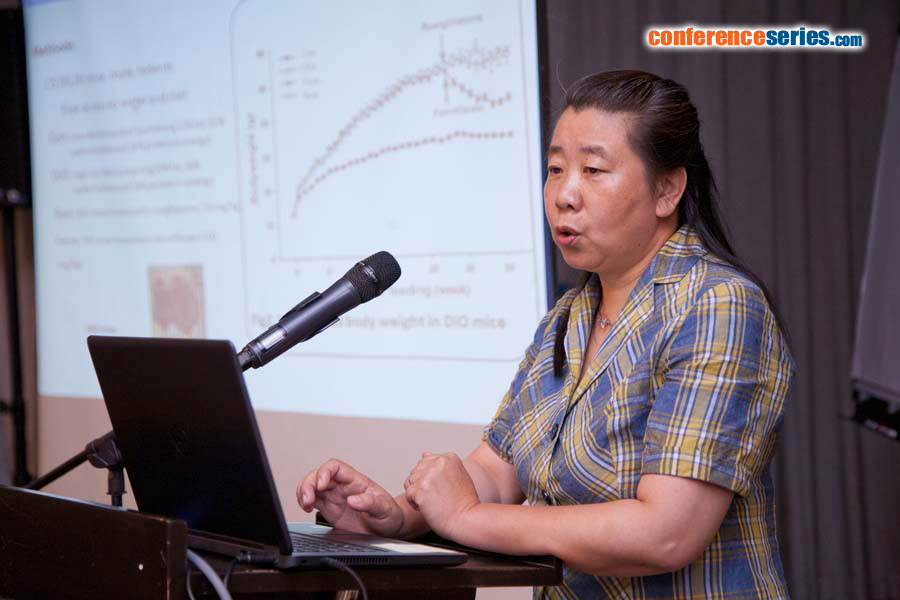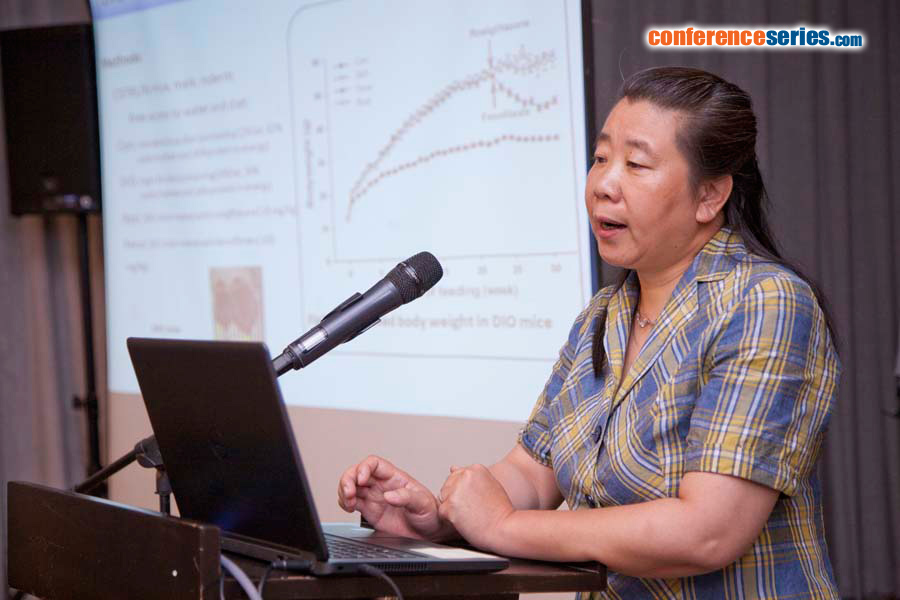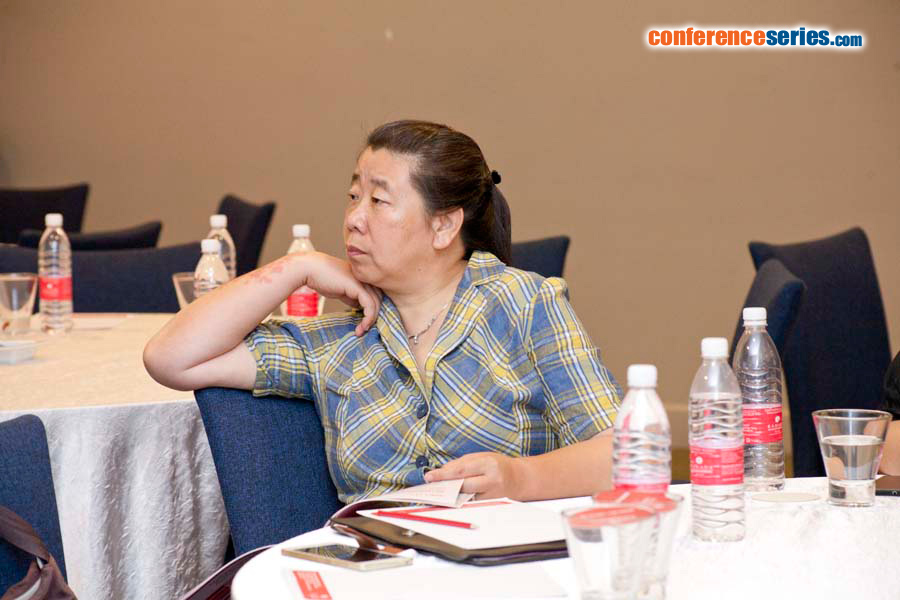
Fei Ye
Chinese Academy of Medical Sciences, China
Title: Characters of metabolic syndrome in high-fat-diet-induced obesity animal models — from mouse to canine
Biography
Biography: Fei Ye
Abstract
The animal models with the similar clinic pathophysiological characteristics provided a wonderful foundation for the investigation of diseases. The metabolic syndrome (MS) is characterized with obesity, insulin resistance, and glucolipide metabolic disorders. To establish a standardized experimental evaluation system, the euglycemic-hyperinsulinemic clamp test, insulin tolerance test (ITT), and level of whole body insulin sensitivity index(ISWB)was used for the insulin sensitivity; the hepatichistological analysis, triglyceride content, microcirculation, and serum alanine amino transferase levels were for the fatty liver; the glucose tolerance test (GTT) and serum lipid profiles were for the glucolipide metabolic disorders; and the hyperglycemic clamp test was for the islet function, respectively. The DIO mice or DIO canine were induced by the modified high-fat-diet in C57BL mice or Beagle canine (with fructose drink), respectively. Then, the metabonomics of serum, liver and urine was analyzed. As the results, the characters of gradually aggravated obesity, insulin resistance, impaired glucose tolerance, and liver lipid accumulation were similar in both DIO mice and DIO canines; but for the serum lipid profiles, DIO canine, DIO mice and KKay mice ( a classical MS model), each has their own characteristics. The characters of high-fat-diet-induced obesity animal models, DIO mice and DIO canine, are analogous with the progress of the MS patients. Acknowledgements: This work was supported by National Major Special Project on New Drug Innovation of China (No. 2012ZX09103-101-063; 2012ZX09301002) and Open Fund of State Key Laboratory of Bioactive Substance and Function of Natural Medicines (No. GTZK201512).




